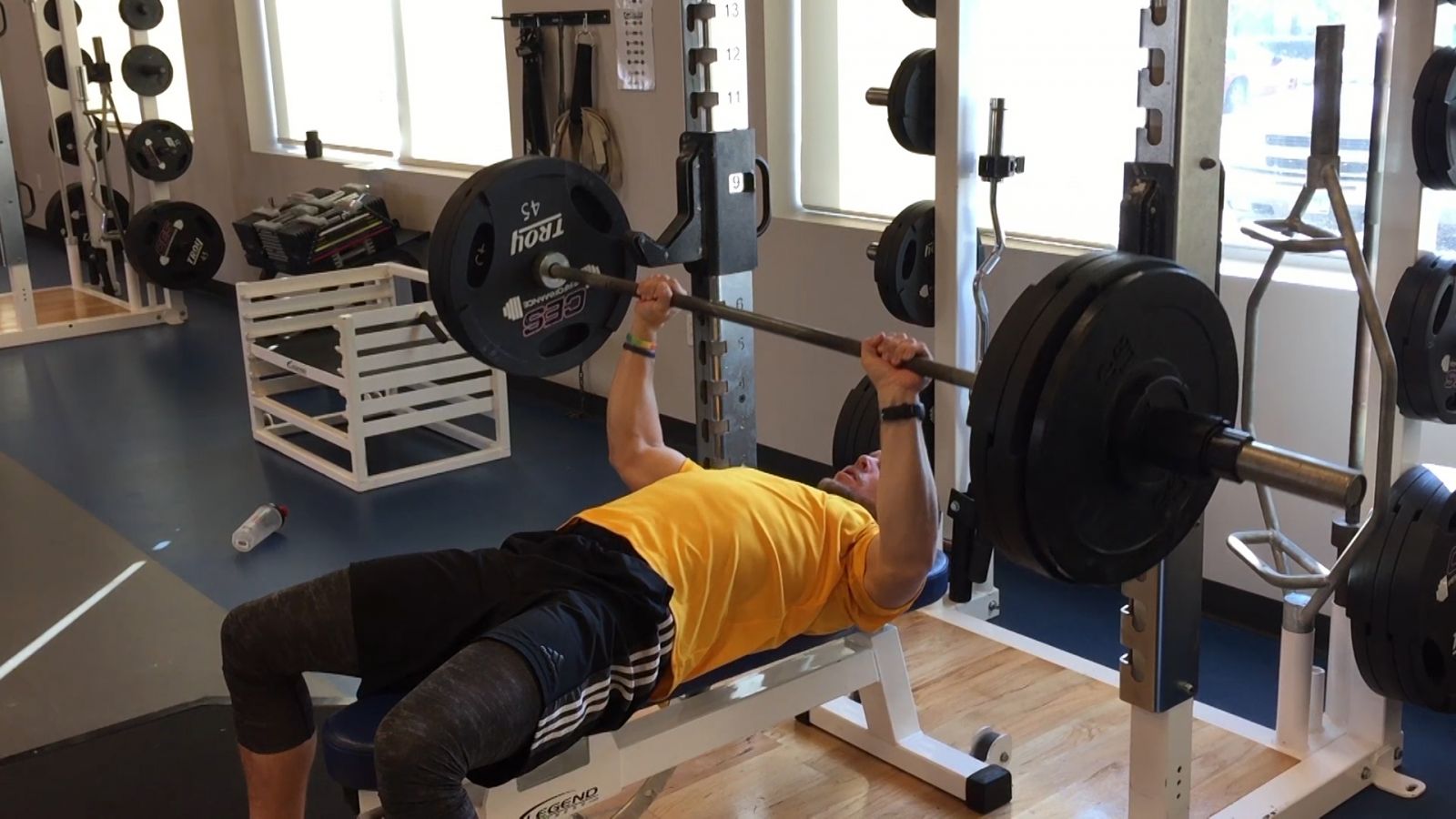Tempo Training with Range of Motion (ROM) There are many different ways to vary your training in the weight room. As outlined a few weeks ago in our blog post regarding the principles of training, variety is the spice of life. If a coach/player/athlete simply repeats the same thing over and over they risk overtraining, injury and obviously boredom.
Mixing training up and keeping it fresh is why the principle of variation is so important. It is important to consider a variety of different variables in your resistance training. Two variables we are going to explore and look at their importance is that of Tempo and ROM. Tempo for resistance training is the speed of each repetition within a set which can create different training adaptations in each athlete.
The neuromuscular system of the body adapts to different variables in training but the speed of motion can be used to bring about specific strength gains. Slower tempo pace that pauses at the end of the eccentric phase of movement lengthens muscles. For example the downward movement in a squat can be effective for targeting gains in maximum strength. Faster tempos that has no pause at the end of the eccentric phase can be effective in developing explosive time movements jump squats.
Adding specific tempos into resistance training movements can be a very effective way of teaching movement patterns effectively for example in young athletes and developing strength gains.
An example of this would be as follow-

Within a squat movement begin with feet shoulder width apart In the downward phase of the squat movement, move downwards slowly within 3 seconds When knees are bent to 90 degrees at the end of the 3 second downward movement pause for 1 second. Finally, in the upward phase of the movement in the concentric phase of the squat, again move upwards back to the original beginning position in a 3 second motion. This gives a temp of 3-1-3 for a squat movement.
Flexibility is important to both minimize injury and to maximize performance.
The degree of movement that occurs at a joint is called the Range of Motion (ROM). The ROM of a joint is determined by a number of factors, such as connective tissue structure and activity level of the athlete.
When the entire range of motion is covered during an exercise, the value of the exercise is maximized and flexibility is maintained or improved.
Dynamic flexibility refers to the available ROM during active movements and therefore requires voluntary muscle actions. Performing non-explosive lifts in a slow, controlled manner may increase the likelihood that full ROM can be reached. During explosive lifts, however, an effort should be made to accelerate the bar to maximal speed while still maintaining control.

To register for a free evaluation, visit our website at athletetrainingandhealth.local or call us at (713) 909-0085. Athlete Training and Health trains athletes 6 days a week, including Sunday afternoon, and offers free performance evaluations Monday through Thursday evenings.